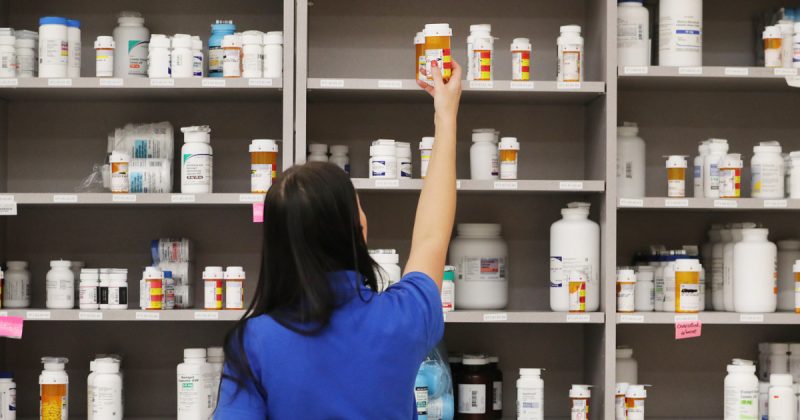
A recent report commissioned by the Pharmaceutical Research and Manufacturers of America (PhRMA) and reviewed by Reuters reveals a startling potential consequence of imposing tariffs on pharmaceutical imports: a staggering $51 billion annual increase in U.S. drug costs. This translates to a potential price hike of up to 12.9% if fully passed on to consumers.
The analysis, conducted by Ernst & Young, examined 2023 data showing that the U.S. imported $203 billion worth of pharmaceutical products, with Europe (primarily Ireland, Germany, and Switzerland) accounting for 73% of these imports. Considering that total U.S. sales of finished pharmaceuticals in 2023 reached $393 billion, the impact of a 25% tariff is significant.
The report highlights the potential impact not just on finished products but also on intermediate inputs used in U.S. manufacturing. Tariffs on these ingredients could raise domestic production costs by 4.1%, potentially reducing the global competitiveness of U.S.-made drugs. Furthermore, with roughly 25% of U.S. pharmaceutical output (totalling $101 billion in 2023) exported, the report warns that higher input costs could weaken foreign demand, jeopardizing the 490,000 export-related jobs in the industry.
While the report focuses on the direct cost increases, it also notes the uncertainty regarding the extent to which these costs would be passed to consumers. The possibility of retaliatory tariffs is also not included in the analysis, implying the actual economic impact could be even more substantial. The report’s findings have prompted drugmakers to lobby for a phased-in approach to tariffs, or exemptions, to mitigate the negative impact on both consumers and the industry itself. Companies like Roche are already actively petitioning the government for import tariff exemptions, citing the balance of their imports and exports.
This situation underscores the complex interplay between trade policy, national security concerns, and the accessibility of essential medications. The potential for significant price increases raises serious questions about the impact on patients, healthcare systems, and the overall economy. The ongoing debate about the appropriate response to these challenges continues to unfold.










